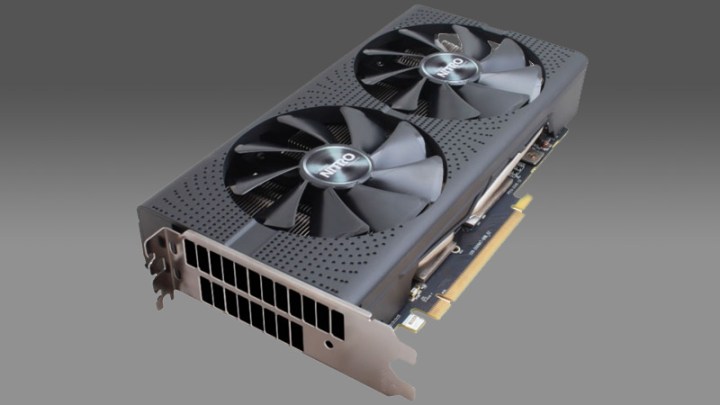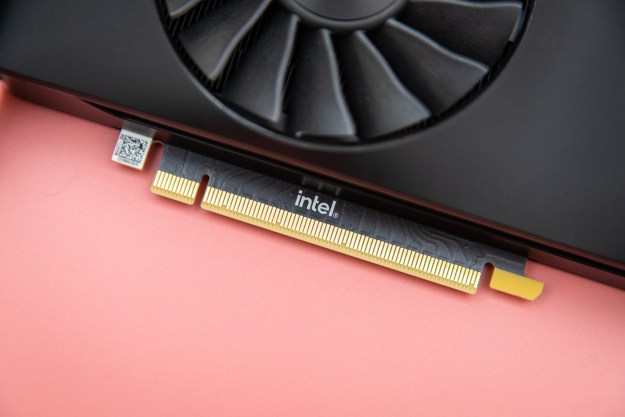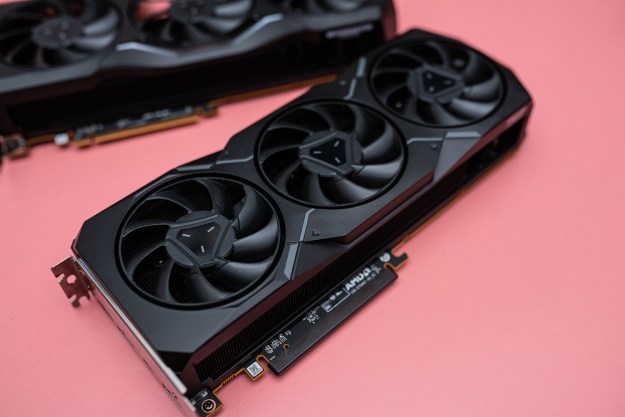
If you have been looking to upgrade your PC with anything but the top or entry level graphics cards over the past few weeks, you will have run into the bizarre issue of cards priced at up to three times their initial retail price. That’s because cryptocurrency miners have been buying them up in droves. Perhaps in an effort to combat that trend, a few manufacturers are now making GPUs aimed directly at that market, potentially freeing up gaming cards for their originally intended audience: gamers.
Whether that comes to pass at a time of extreme growth in digital currency mining is anyone’s guess, but the mining-oriented cards should be better than the gaming designs they’re based on. Asus’ new Mining P106-6G card has near-identical specifications to the GTX 1060, but has no video ports on the back and has fans that are rated for 24/7 operation (via PCPer). Its price is currently listed at $226, though it may not stay that way for long.
Asus also has an AMD-based design, called the Mining RX470-4G. Although it does have a single DVI-D output, it comes with a big pair of cooling fans designed for consistent operation over long periods of time (thanks TechReport).
Sapphire too will soon have RX 470-based mining cards. Listings for a few have appeared on British retailer Overclockers’ U.K. website. They are said to offer “low power,” operation and have a fully vented rear with no video outputs. Of note is the condensed one-year warranty and the fact that, like the Asus card, they are based on an older GPU design, suggesting that perhaps these companies are leveraging old silicon to create these specialized cards.
The prices on those cards are more reflective of the inflation we’ve seen in recent months. The 8GB “Samsung” version is priced as high as 300 British pounds ($382), which would typically buy you much more powerful graphics cards, though not so much in the current climate.
“We’re happy to support the miners but at the same time we’ve been taking care by supporting our gaming community, too, so it is fair for everyone,” said OCUK’s purchasing manager, Andrew Gibson. “We have listed graphics cards for gamers making sure that they are only 1 per customer, and we’ve also introduced a special scheme for our forum members to make sure they get a good price on
Asus and Sapphire aren’t going to be the only ones with these sorts of cards for long though. PCPer also has early details of comparable cards coming down the pipeline from EVGA, Colorful, Inno3D, MSI and Zotac, though pricing or availability information is very light at the time of writing.
Editors' Recommendations
- Intel Battlemage graphics cards: release date speculation, price, specs, and more
- GPU prices are back on the rise again
- AMD just announced the graphics card everyone has been waiting for
- Graphics cards are selling again, and that worries me
- Intel surprise launched a new graphics card, but it doesn’t make any sense





